It’s an easy thing to understand, severe weather, as typified by lightning and tornadoes, normally occurs during the warmer part of the year. That’s not only because warm air just has more energy than cold air does but also because warm air carries a lot of moisture with it. You see, because of what chemists call the latent heat of evaporation, water vapour has a lot of energy associated with it, that’s what makes steam engines so powerful!
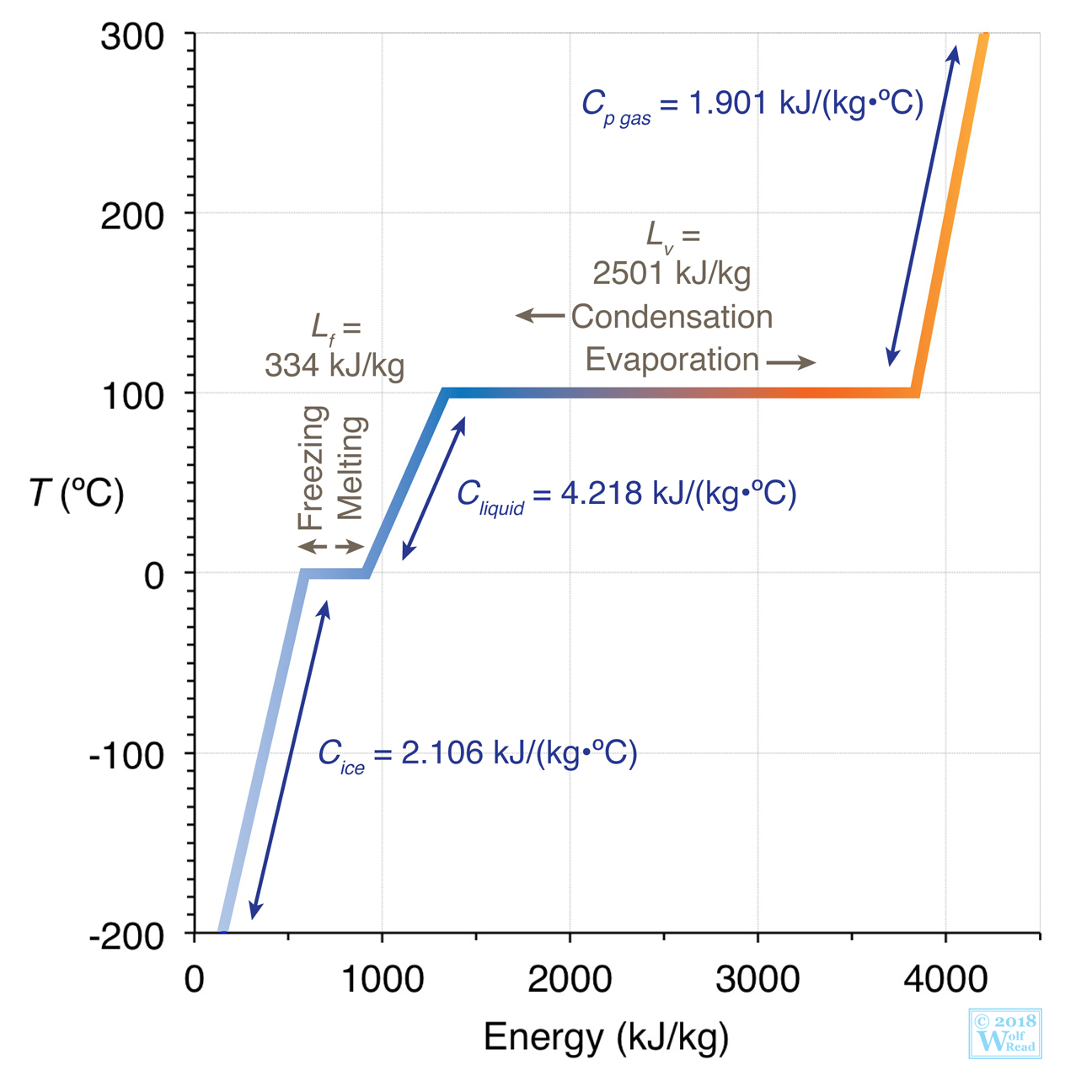
That’s why for decades the spring and summer months in the great plains states were known as ‘Tornado Alley’ where hot, moist air from the Gulf of Mexico would encounter cool, dry air coming down from Canada. These conditions were perfect for the outbreak of tornadoes and year after year growing up I can recall hearing about the their destructive power in states like Oklahoma, Nebraska and to a lesser extent Illinois, Indiana and Kentucky. That’s the reason why ‘The Wizard of Oz’ is set in Kansas, ’cause that state was ground zero for tornadoes.

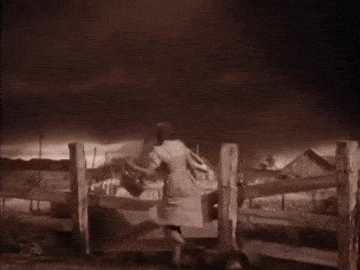
Not any more, Tornado Alley is now a much bigger place thanks to global warming. This year massive tornado outbreaks happened in the states of Alabama, Mississippi and Georgia during the months of February and March, cold months that used to have calm weather in the Deep South. And then in early September there was a tremendous outburst of severe storms in the Delaware valley brought on by the passage of the remnants of hurricane Ida. As they were reporting on that storm the local TV meteorologists kept repeating. ‘This doesn’t happen in the Delaware valley, it just doesn’t happen here!” See my post of 8 September 2021. In all this year the Delaware valley has received over 50 tornado warnings from the National Weather Service, more than were called during the first 50 years of my life.

Still the worst was to come, for on the night of the 10th of December, the first month of winter, a huge mass of warm, moist gulf air pushed its way up the Mississippi river valley. Starting in Arkansas and Mississippi a severe thunderstorm erupted that grew in intensity as the storm pushed northward into Missouri, Tennessee, Kentucky and Illinois. Over 50 tornadoes were spotted across 8 states causing a trail of death and destruction. At the latest count more than 90 people are known to have died and almost as many are still missing.
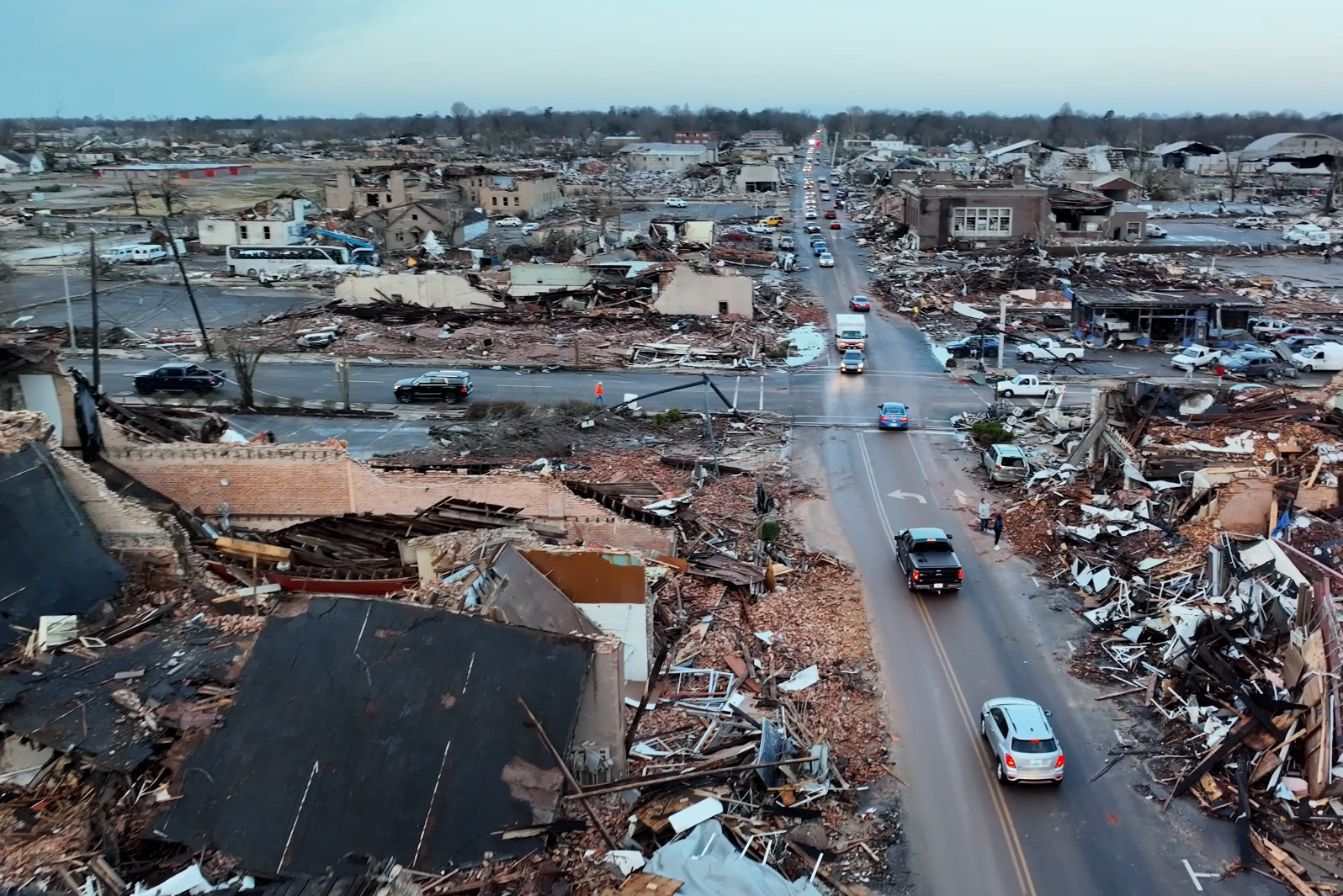
The greatest destruction took place in Kentucky where the town of Mayfield was virtually wiped out by an EF4 tornado with peak winds of 300 KPH. That tornado is now known to have traveled over 200 km and spent more than two hours on the ground. Indeed, it is possible that the Mayfield tornado may have had the longest track of any measured tornado, anywhere, ever! And again, the commentators who described the chaos on TV kept repeating. “This doesn’t happen in December.”
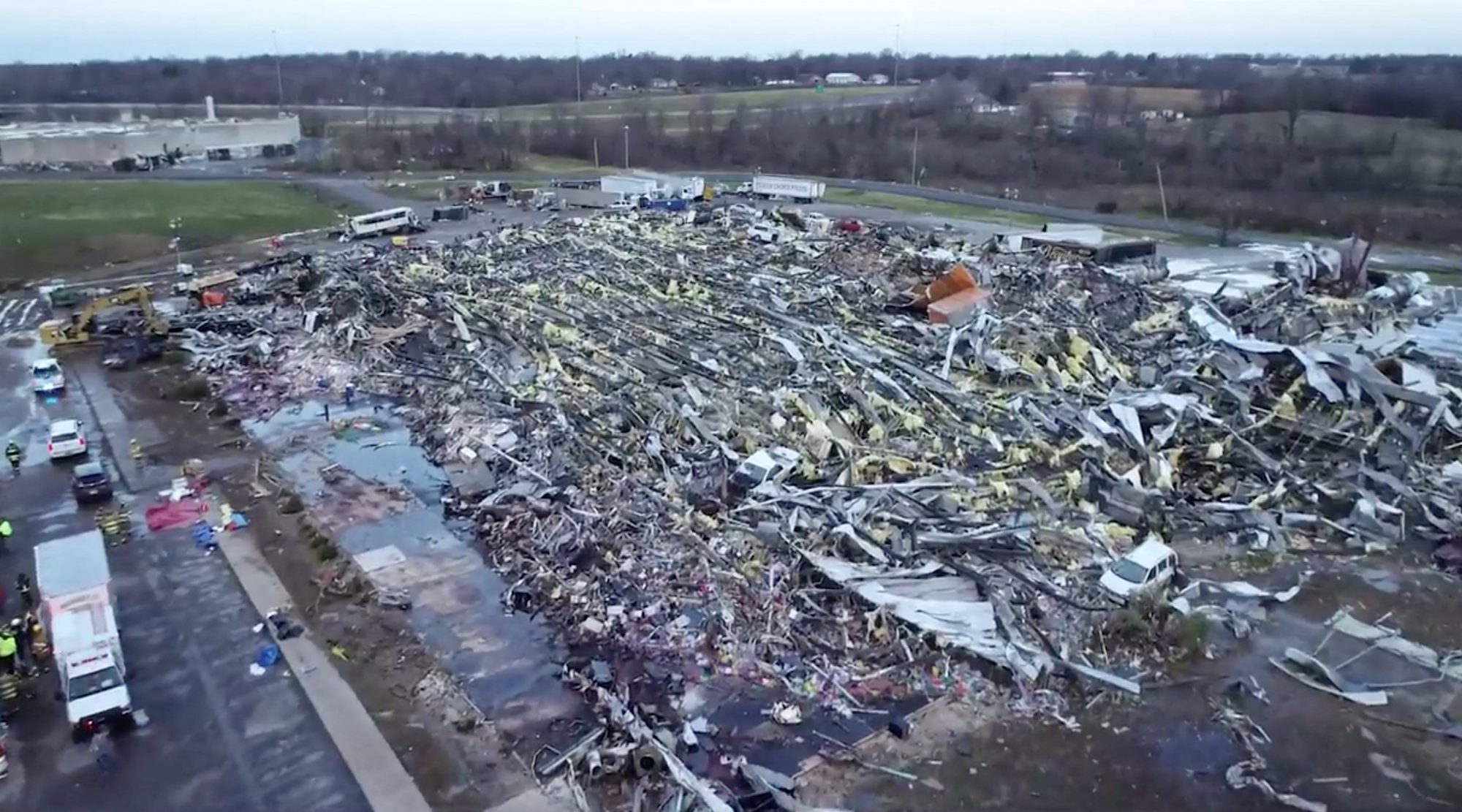
But it happened again not a week later as on the 15 of December as another gulf air mass pushed its way through Nebraska into Iowa and Minnesota. This storm system only produced about 20 tornadoes causing only 5 known deaths. Still, this doesn’t happen in December.

We have to get used to the plain fact that when it comes to severe weather all the old ‘rules of thumb’ no longer apply. Global warming is simply putting more energy into the sky and that energy is generating more violent, more destructive weather, everywhere. Unprecedented violent storms have become ‘the new normal’.

And there’s even worse news. For at the annual meeting of the American Geophysical Union (AGU) a group of researchers announced on the 13th of December that there is strong evidence that the foundation of the Thwaites Glacier in Antarctica is becoming unstable. This instability could lead to a major breakup of the world’s largest ice formation within three to five years.
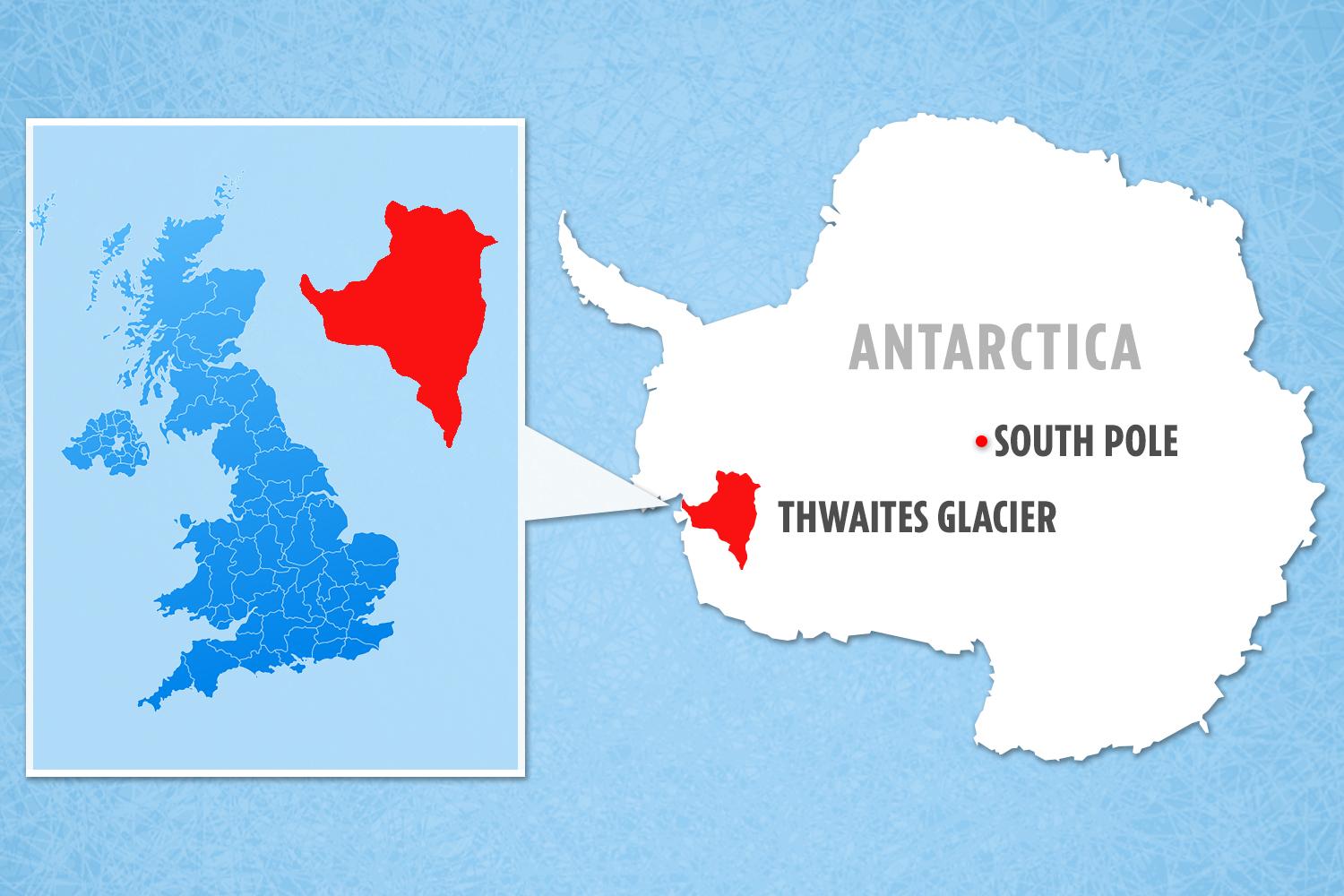
As large as the state of Florida and with ice depths of between 800m and 1 km Thwaites already is pouring an estimated 50 billion tonnes of ice melt into the ocean every year making it responsible for about 4% of current sea level rise. Recent studies however have shown that warm ocean waters have been undercutting the glacier’s foundation and support. Already cracks are appearing on the Thwaites’s surface and the fear is that further undercutting could lead to a massive collapse of the entire glacier.
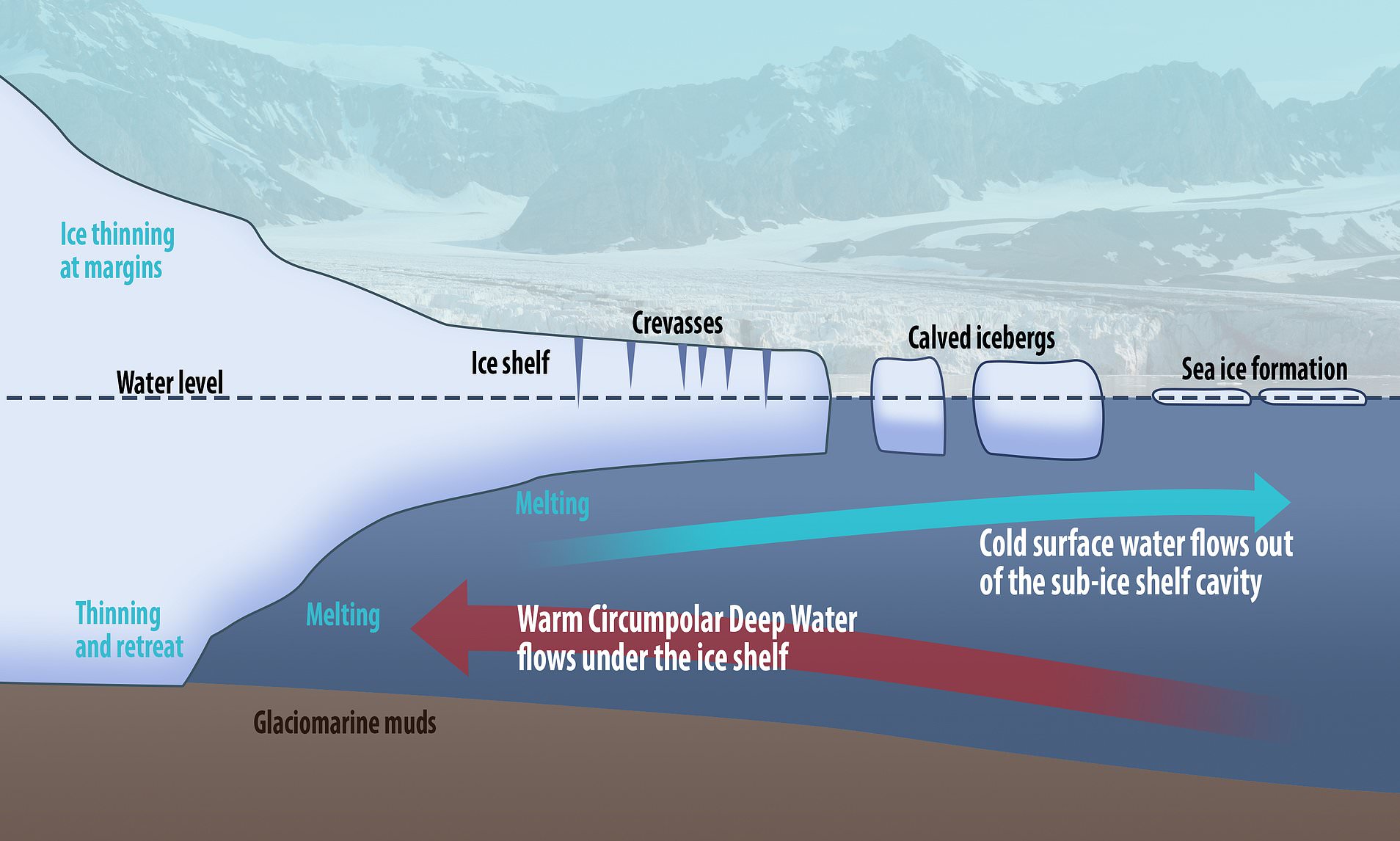
Such a breakup would be a major disaster for if the entire Thwaites glacier were to slide off into the Antarctic Ocean the result could be a sea level rise of as much as 70 cm! And since Thwaites acts as a roadblock holding back several other large glaciers there is that possibility that a breakup of Thwaites could begin a general destabilization of the whole western part of the Antarctic ice sheet. If that were to occur the resulting rise in sea level could be as much as three meters.

Now such a catastrophe of that scale would not happen overnight but rather over a period of years if not decades. Nevertheless the scientists at the International Thwaites Glacier Collaboration (ITGC) are convinced that over the next few years the glacier’s melting will rapidly increase, leading to a large increase in the rate of sea level rise.

Just two more signs that Climate Change is no longer a long term problem, the long term has become the here and now!
